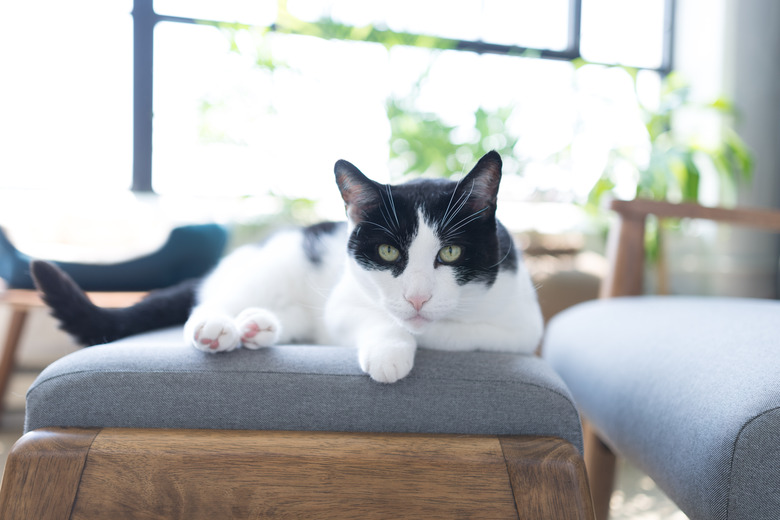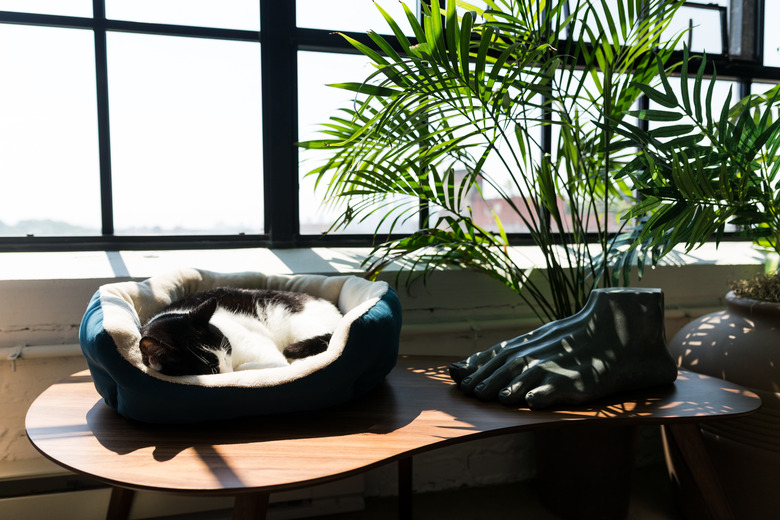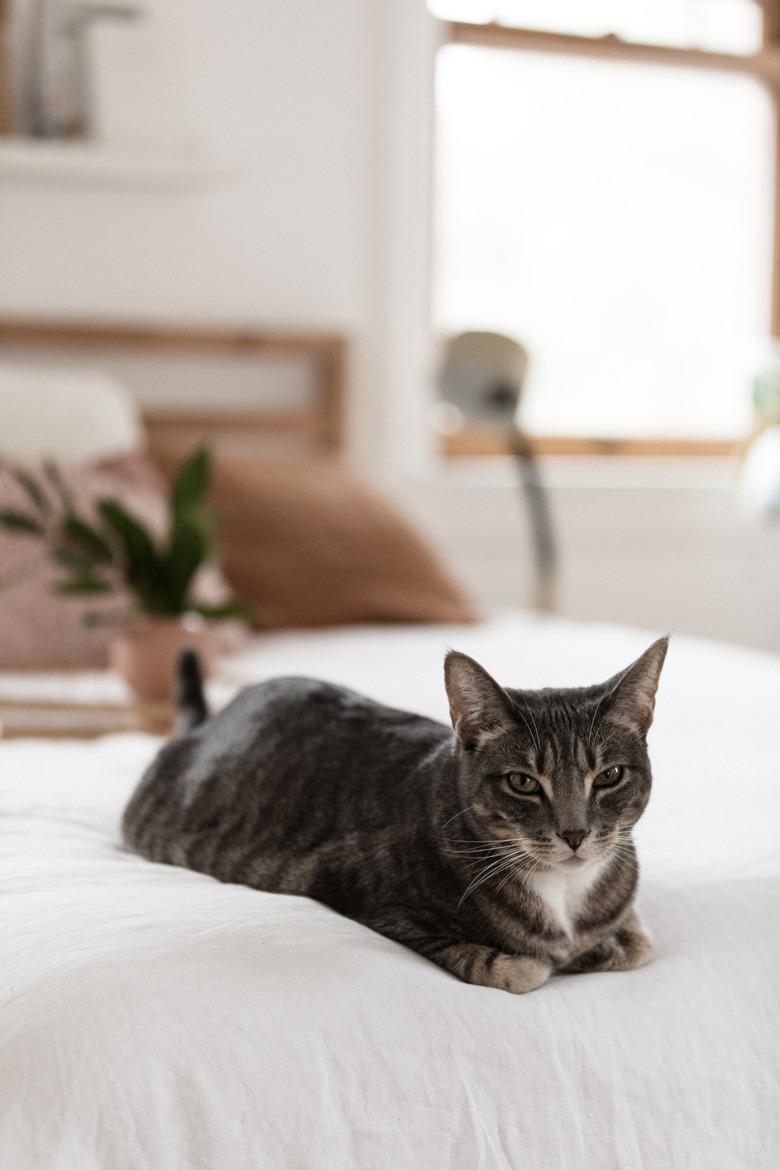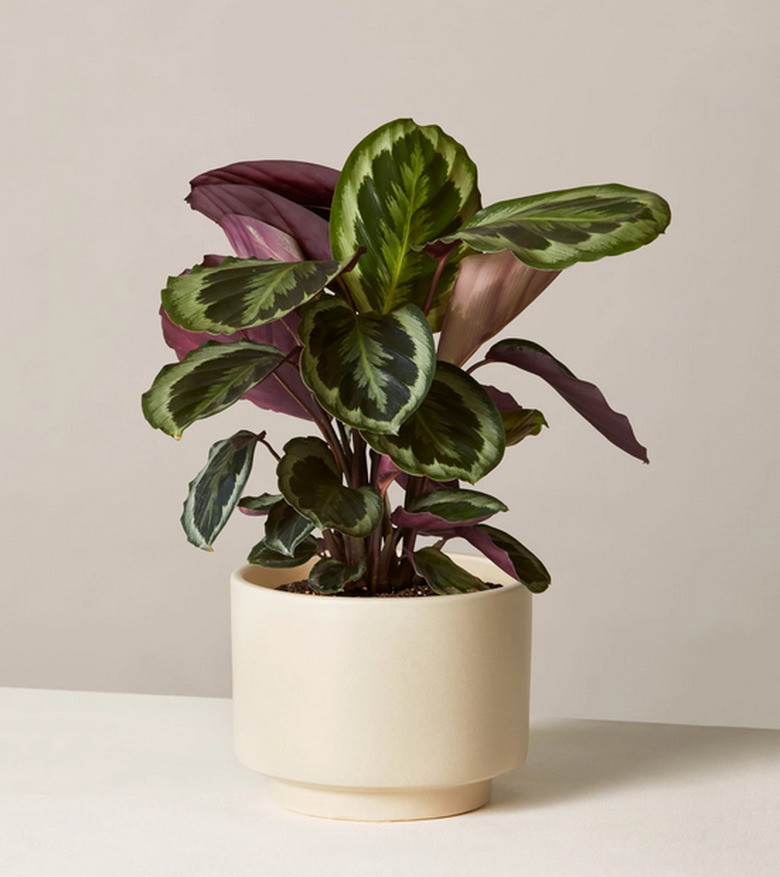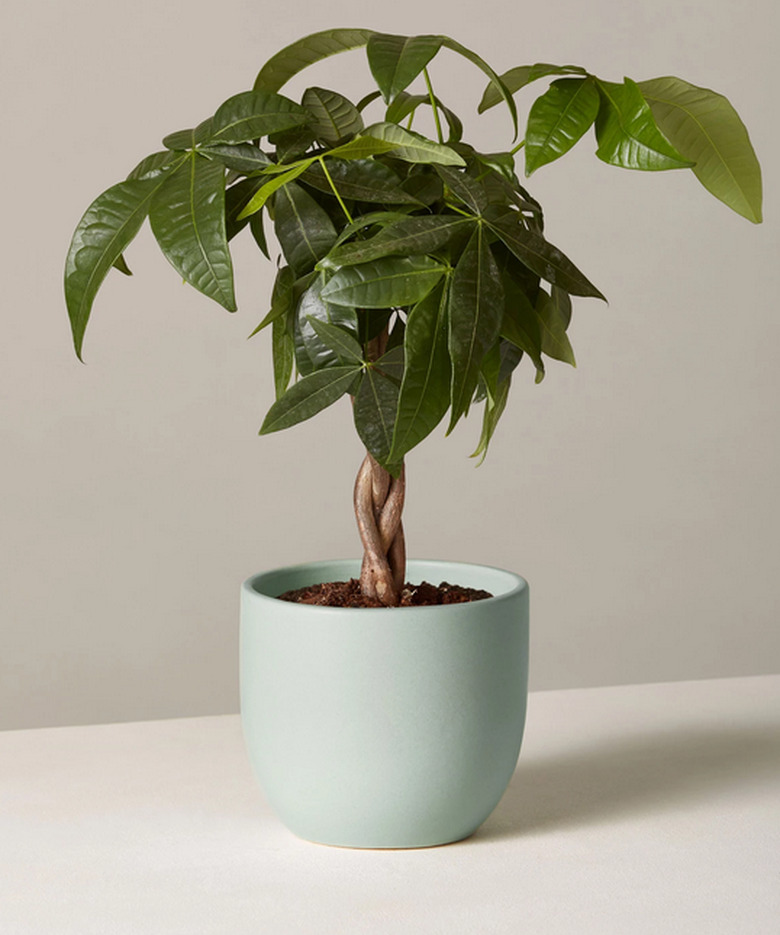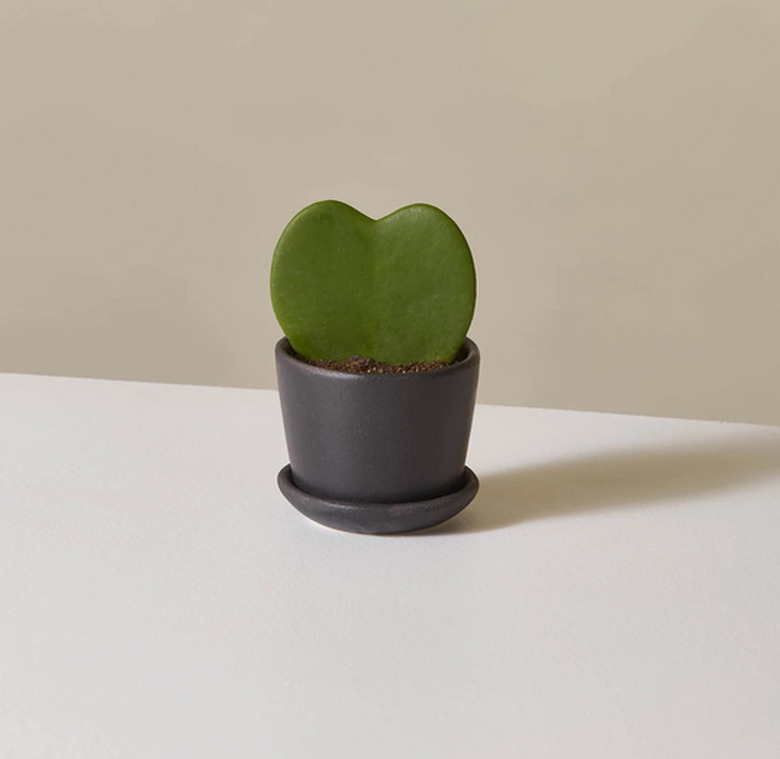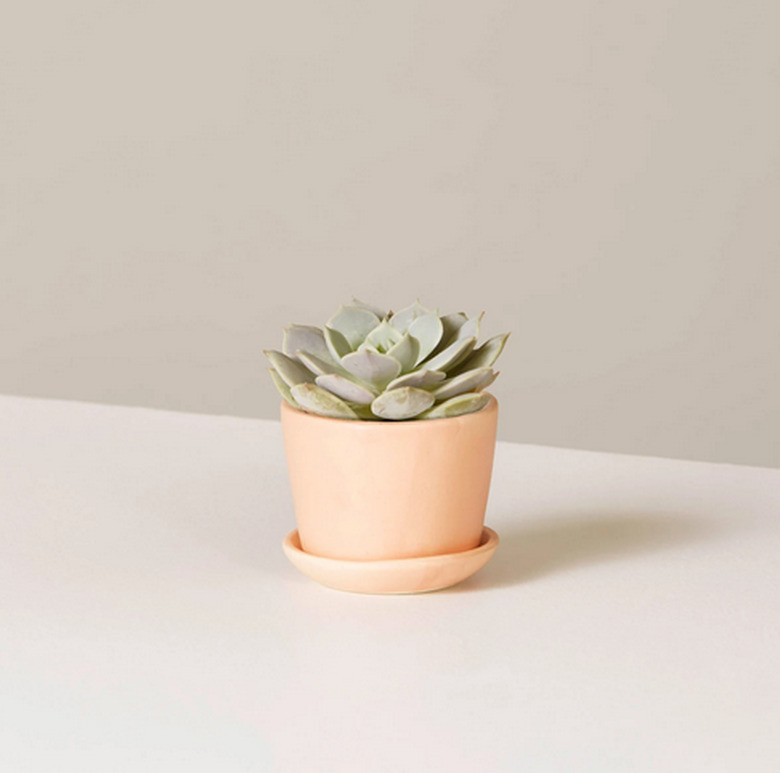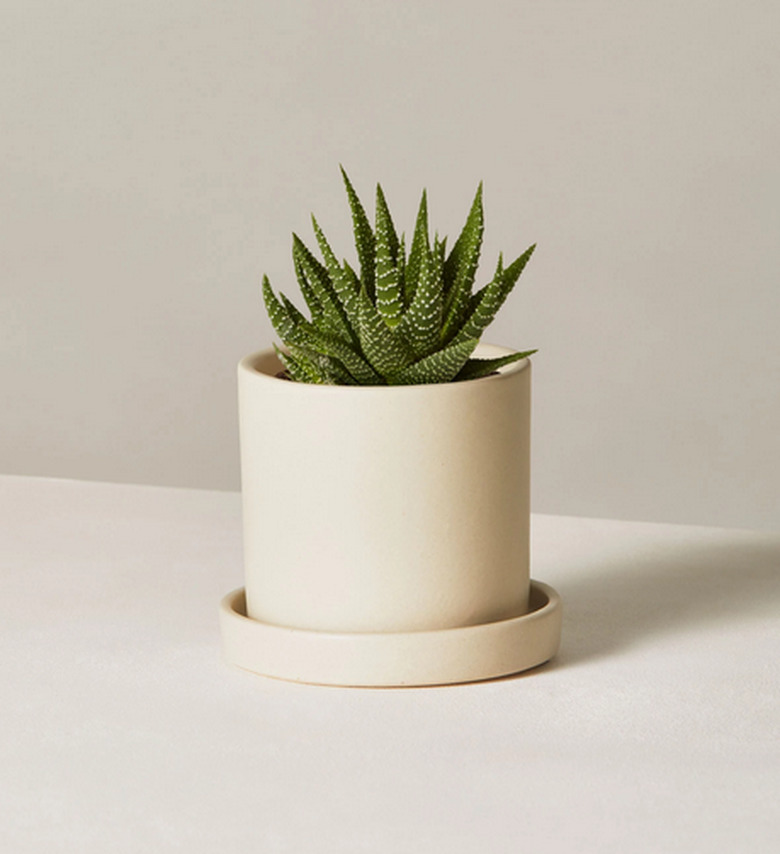Hey, Cat People—These Are The ONLY Indoor Plants You Should Consider
Cats may have nine lives, but most cat-owners don't want to take any chances. While many indoor plants are perfect botanical buddies for felines, others — like lilies — can make a kitty very sick and create a rush-to-the-emergency-vet-level problem. If you are lucky enough to share your space with one or more cats, you will want to pick your indoor plants carefully to avoid issues and keep your kitty-cats safe.
Not Every Plant Is Catnip
Not Every Plant Is Catnip
As every cat owner knows, felines can have close relationships with potted plants. You've probably caught your kitty relaxing on the soil of a particularly large plant container. Then, of course, there is catnip, a kitty's dream houseplant.
But not every plant is catnip, and some contain toxins that can hurt cats. A cat that eats plants of any sort can experience vomiting or upset stomach, but some plants are actually dangerous to cats and some of those are deadly poisonous. Find out about the feline toxicity of a particular plant (before finding out the hard way) by going to the ASPCA's toxic/non-toxic plant website. Just search for the houseplant you are thinking about buying and the website will tell you its effect on a cat.
Below, a list of our five favorite cat-friendly houseplants. You'll sleep better with these pretty plants in your living room or bedroom, knowing that they are perfectly safe for your kitty. (Keep scrolling for the five plants you should also avoid.)
Five Indoor Plants Safe for Cats
Five Indoor Plants Safe for Cats
Calathea Medallion (Calathea roseopicta 'Medallion') is an eye-catching addition to your living room with uniquely round leaves with brilliant markings in shades of deep green and burgundy. They are often called "prayer plants" because they raise and lower their leaves from day to night.
Plant care: Give your Medallion low, medium, or bright light—it will thrive just the same. Irrigate every few weeks when the soil dries out about halfway down.
You know those cute plants with the braided trunks? They are little tropical evergreens called money trees (Pachira aquatica), native to the neotropics where they are grown as erosion-control trees. We can't guarantee they will bring you financial luck, but they definitely won't kill your cat.
Plant care: Place in bright to medium indirect light. Water every week or 10 days when the soil dries out.
The Hoya heart may be the sweetest little succulent around. While Hoya hearts (Hoya kerrii) are actually tropical vines, you usually find them in commerce as leaf cuttings – and the leaf is the shape of a heart. Hoya hearts eventually flower, and the blossoms are fragrant and waxy.
Plant care: Hoya hearts like to be warm, so bright, indirect light is best. Use very well draining soil and water infrequently, maybe once a month, when the soil is very dry.
The Echeveria cultivar 'Lola' is one of the most popular succulents, often sold as one beautiful rosette of pale gray-blue. The leaves are thick and store water, and the rosette is likely to quickly produce pups, or babies.
Plant care: Easy to look at, easy to grow. Echeveria succulents need well-draining soil, some sun and an occasional drink to survive.
The Haworthia zebra is another small and adorable succulent with an interesting twist: the zebra plant (Haworthia fasciata) looks like its close relative aloe vera, but the thick, upright leaves sport bright white zebra stripes. As easy as a succulent can get, the drought-tolerant zebra is a perfect beginner plant, growing to five inches across with rosettes eight inches across.
Plant care: Zebra is happy in direct or indirect light, as long as it is bright. It needs only excellent drainage and very occasional water (one or twice a month) to stay perky.
References
Five Houseplants for Cat-Owners to Avoid
Lily: These gorgeous flowers aren't toxic to dogs or horses, but cat-people, beware of life-threatening kidney damage. All parts of lily plants are toxic to cats, including foliage, blossoms, roots and pollen — even water from a vase that held cut lilies. This is particularly true of lilies in the genera Lilium and Hemerocallis, like Asiatic lily, tiger lily, Easter lily, daylily, and stargazer lily.
Begonia: These lovely shade plants are toxic to cats, particularly their roots. They contain the toxin soluble calcium oxalate that causes vomiting and salivation.
Sago Palm: Sago palms look like little bonsai palm trees and are popular houseplants. But just say no if you have a cat, since every part of the sago palm contains a toxic agent called cycasin. Cycasin poisoning causes gastorintestinal distress in cats, followed by nervous system symptoms and severe liver damage. Even pets who treated quickly only have a 50 percent chance of surviving the incident.
Cannabis: Yes, a few cannabis leaves make a cat uncoordinated or sleepy. But the psychoactive THC can cause a cat to have vomiting, low blood pressure, and seizures. The next steps are coma and sometimes even death.
Rhododendron: Popular in gardens but also as houseplants, rhodies and cats should not mix. All parts of these plants contain grayanotoxins that interfere with normal skeletal muscle, cardiac muscles, and nerve function in cats. Even a few leaves can cause serious issues ranging from tremors to seizures, abnormal heart rate, vomiting, coma, hypotension, CNS depression, cardiovascular collapse, and death.
